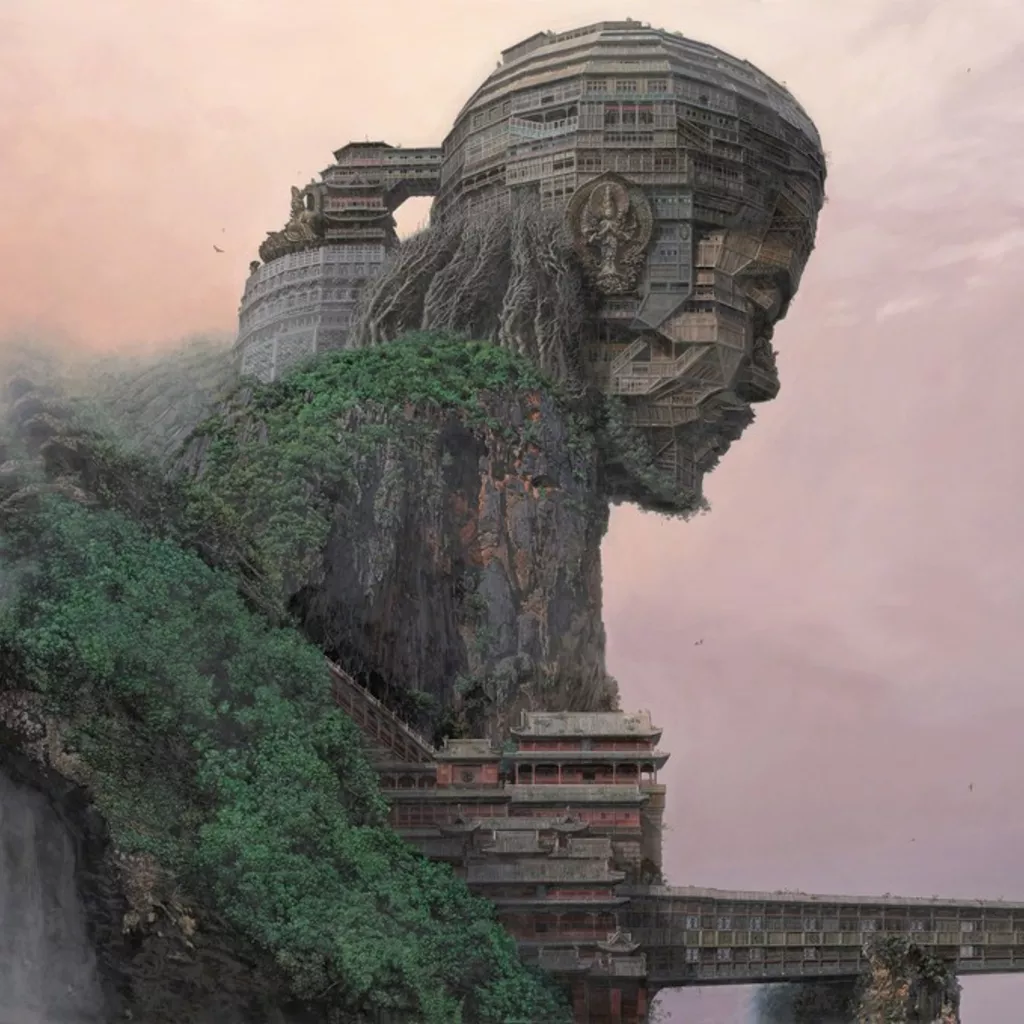
The work Portrait of Edmond de Belamy was generated through a system of Generative Adversarial Networks (GAN), trained by the French collective Obvious. To achieve this, they fed the algorithm with an extensive archive of portraits painted between the 14th and 20th centuries, enabling it to absorb compositional patterns, color relationships, and textures drawn from the European pictorial tradition. From that training, the generator network produced new images while the discriminator network evaluated and discarded those that did not meet the established criteria. After countless iterations and adjustments, this final portrait emerged—a singular fusion of classical techniques reinterpreted through an autonomous algorithmic process.
A staggering percentage of its so‑called informative content is either false or, at best, inaccurate. Today I stumble upon a post about the alleged auction—at Christie’s—of an AI‑generated work. I read and save. The note focuses more on the controversy it sparked than on the sale itself, perhaps because uproar, confrontation, and intellectual skirmishes attract far more attention than the artworks themselves.
According to the post, the work titled Memories of a Solitary Soul fetched 432,500 dollars at the renowned auction house, once again igniting the debate on the role of AI in creativity and the legal implications of authorship. The author attributes the piece to the artist Elena Petrova, who allegedly used OpenAI’s DALL·E and customized neural networks to generate it. The image, as can be seen at the end of this text, shows a gigantic sculpture of an Asian guitarist carved into a cliff, with temples and walkways woven into its surface. The profile, absorbed in his art, seems to guard a landscape where human architecture merges with rock and vegetation. The soft pinkish light evokes a world of fantasy where nature and architecture coexist in timeless harmony.
Utterly absurd. The work, the post, the intention: all of it.
The piece published by Legend ideally 81 blends real historical context—Edmond de Belamy and the debate on copyright—with a fabricated event: the sale of Memories of a Solitary Soul by Elena Petrova. To what end? Who knows. It could be a speculative exercise, or simply a cheap trick to drive clicks.
What is intriguing is how this informational Frankenstein was assembled. In October 2018, Christie’s sold the first AI‑generated artwork: Portrait of Edmond de Belamy, created by the French collective Obvious through Generative Adversarial Networks (GANs). Astonishingly, against an initial estimate of $7,000 to $10,000, it achieved the very same $432,500 now attributed to Petrova. It was an oil portrait printed on canvas, evoking the classic European style of the 18th century but with a blurred finish and a singular signature: a mathematical formula corresponding to the algorithm used.
The art world—the industry—was thrown into a frenzy. The questions came naturally: Who is the true author? The artists who trained the model? The algorithm itself? Can AI‑generated art convey genuine emotion or creativity? What place does this type of work occupy within traditional art?
As expected, the sale fueled enormous interest in AI‑assisted art. Many artists began experimenting with these tools, and galleries and auction houses started paying closer attention to such proposals. It was a turning point comparable to the emergence of photography, which in its own time provoked identical debates over technique, authorship, and creativity.

What has happened from 2018 to today?
Recent projects push boundaries even further, incorporating dynamic and interactive elements supported by technologies such as blockchain verification—introducing new modes of authenticity and audience engagement.
In this context, the questions remain the same as seven years ago. So do the opposing camps: those who see AI as a threat to human creativity; those who insist that technology‑assisted works lack genuine emotion; and those who uncork champagne bottles, celebrating the arrival of the most extraordinary tool in the last fifty years.
Both sides have a point, but a diluted one. What is the value of the emotion with which an artist creates? Can an AI‑generated work evoke it powerfully? That depends on who uses it—on who succeeds in creating with it something unprecedented, or better yet, emotions we have yet to experience. Detractors persist in claiming these works lack human feeling.
To me, much of this debate is mere noise and posturing. I believe the value of an artwork lies in its ability to provoke an emotional response in those who engage with it. The rest—the emotion with which an artist produces a work, among other things—is, from a certain perspective, inconsequential.
P.S.
By the way, Elena Petrova is real. She was born on November 19, 1974, in Novosibirsk. She is an oil‑painting restorer and art critic; she studied at the Moscow School of Art and at the Repin Academic Institute of Painting, Sculpture, and Architecture in Saint Petersburg. She has worked on the restoration of masterpieces by Russian painters such as Aivazovsky, Bogolyubov, Kustodiev, Lagorio, and Makovsky. She herself acknowledges that restoration taught her much, helping her understand how to achieve certain pictorial effects. Today her works, marked by a singular sensitivity, are held in private collections in Russia, Spain, Greece, the Netherlands, France, Latvia, and Slovakia. There is not the slightest evidence that she knows how to use AI—let alone that half a million dollars have ever reached her bank account.

According to the post, the piece titled Memories of a Solitary Soul fetched $432,500 at the famed auction house. Tell that to someone who’ll buy it.
The work appears to be attributable to Mitsuru Takeya and was most likely presented in the artist’s solo exhibition at Mizuma & Kips, New York (November 6 – December 1, 2019). On social media it has been mistakenly linked to supposed auctions of AI‑generated art—such as the fictional case of Memories of a Solitary Soul attributed to Elena Petrova. In reality, this painting is part of Takeya’s body of work: a meticulous oil on canvas in which traditional architecture and the human figure merge into an imagined landscape, a testament to the Japanese artist’s technical and poetic mastery.










Comments powered by Talkyard.